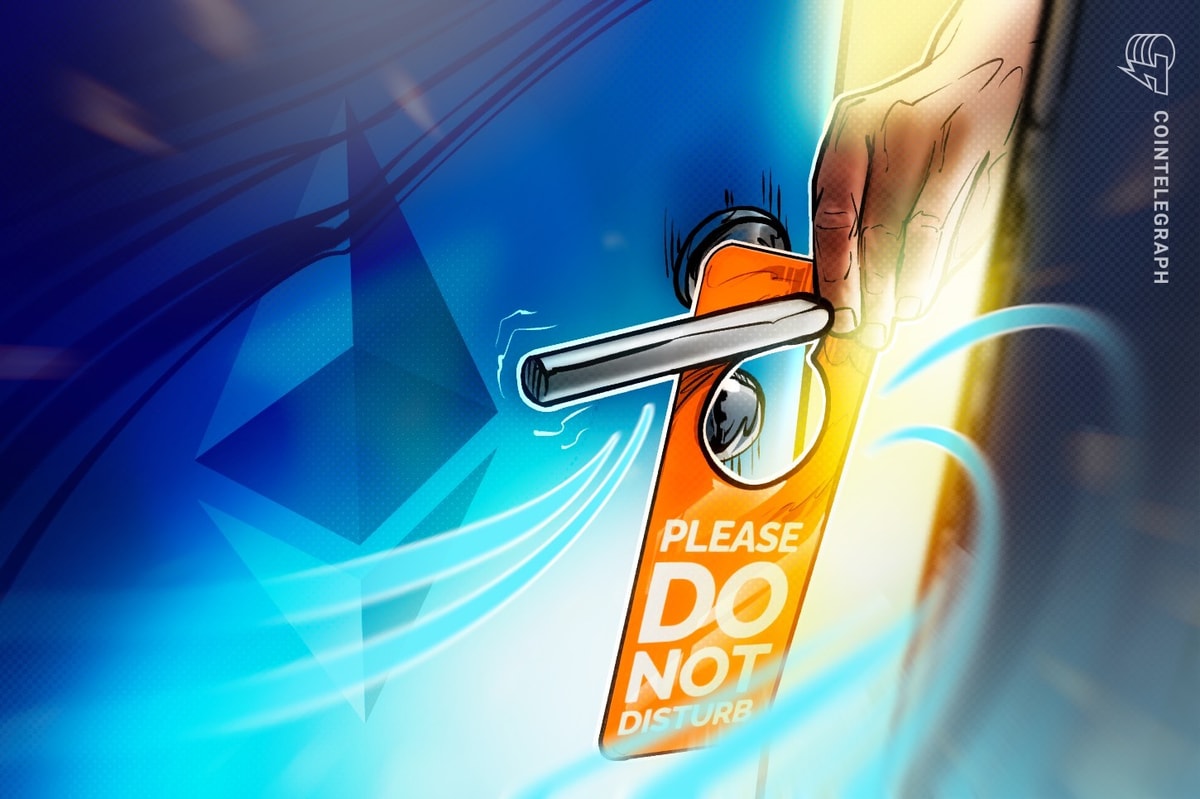The largest testnet of Ethereum, Holešky, will be launched as part of a planned closure and the migration to Hoodi Testnet after several technical problems at the beginning of the year.
The Foundation said on Monday that Holešky will close two weeks after Fusaka’s update ends on the network. The update is proposed for some time in the second half of September.
“After this, Holešky will no longer be compatible with customer equipment, tests or infrastructure,” he said. While the exact date is not clear, Ethereum Core developers are looking to launch Fusaka in Mainnet in November, so it must happen long before that.
Holešky threw himself in September 2023 and had the task of testing the rethinking infrastructure and validator operations.
“The Network fulfilled its purpose, allowing thousands of validators to try protocol updates, including the update of the Dencun and more recently, sirty network,” said the Foundation.
The measure reflects the commitment of the Ethereum community to improve each network layer. Although decentralization through participation and scalability have long been priorities, the Foundation recently promoted UX as one of Ethereum’s highest leverage opportunities in the next six to 12 months.
Hoodi intervenes for Holešky
While Holešky reached his “planned date at the end of life”, he saw “extensive inactivity leaks” in early 2025, which resulted in a large exit tail. While finally recovered, the Foundation released Hoodi in March to provide a new free trial environment of those problems.
The Foundation said that one of the next steps is to migrate all the operators and infrastructure of Holešky to Hoodi, which already admits the tong update and activate future protocol updates, including the next bifurcation of Fusaka.
Ethereum Foundation recommended changing Sepolia as the “recommended test neté” for the smart contract and the tests of decentralized applications for now.
Fusaka is still ready by the end of 2025
The next significant hard fork of Ethereum is Fusaka, Fulu-Osaka, which is scheduled for early November and seeks to improve how accumulations access access data by distributing data availability workloads more efficiently among the validates of the networks.
Related: Sonic Labs gets Greenlight for its $ 200 million tradfi movement
This change could facilitate the execution of nodes, improve decentralization of the network and increase the scalability of layer 2, since the rolls can process the transactions faster and less cost. Fusaka will consist of 11 proposals to improve Ethereum.
Glamsterdam on the way to 2026
The Glamsterdam update in EIP-7782 is scheduled for some time in 2026 and is expected to include a proposal that seeks to reduce 6 seconds blocking times in half.
The proposal would try to separate the validation of the block from the execution to give the Proverse more time to develop virtual machine tests of Ethereum zero, Ladislaus said of the protocol coordination team of the Foundation to Cointelegraph at the end of July.
The recent Ethereum developments also show an impact on the market, since several companies that are traded in the stock market have established Ether (ETH) treasures in recent months, a primary catalyst behind the pricing concentration of more than 200% of ETH since April.
Magazine: Altcoin’s 2025 season is almost here … but the rules have changed


